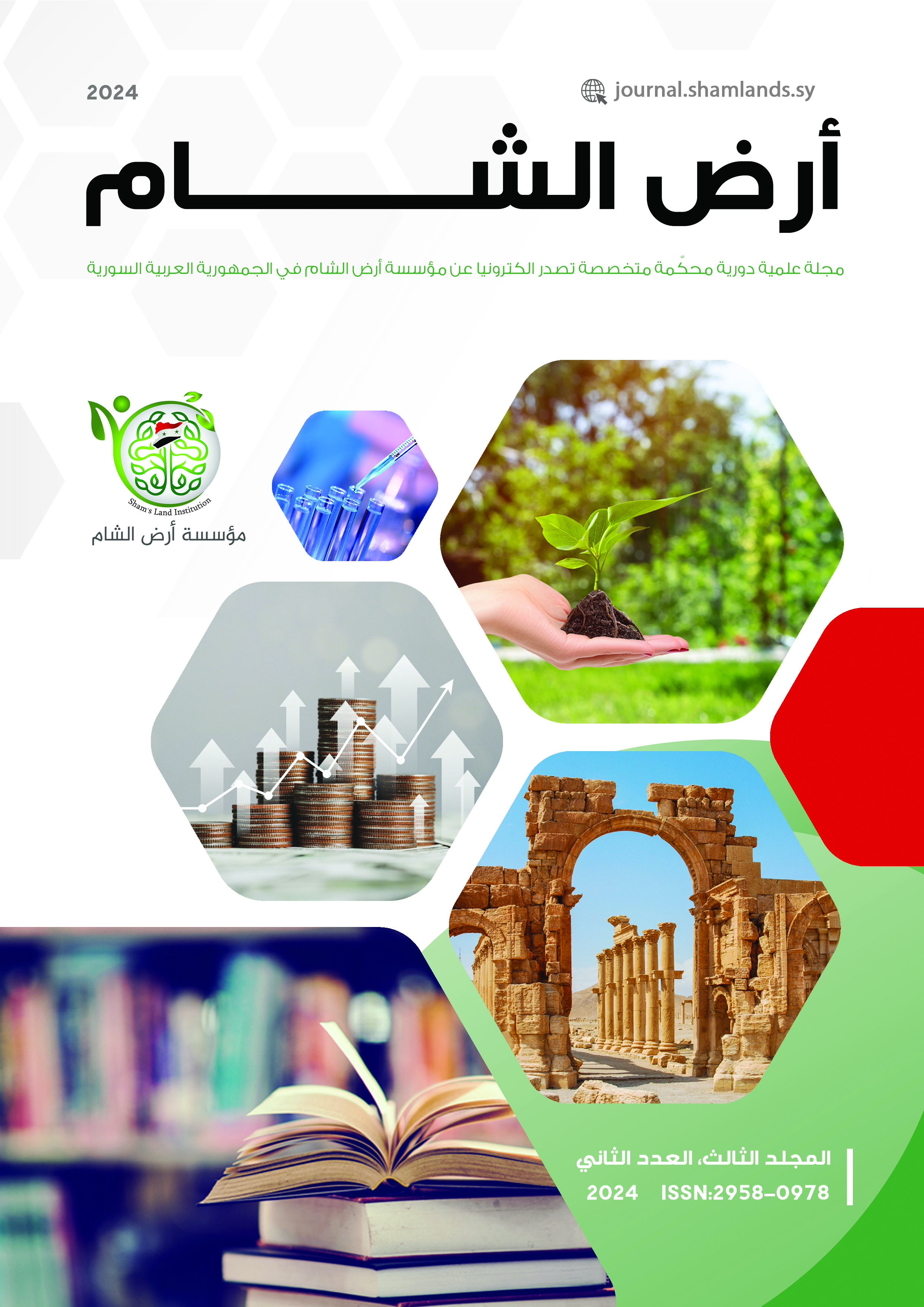Abstract
This research deals with the issue of stress and intonation; an important issue concerned with the phonetic and morphological aspects of the Arabic language. The research defines these two phenomena linguistically and terminologically and shows that the ancient Arab scholars were aware of these two phenomena in their works, but they did not leave any work to proves it, which prompted some modern orientalists and Arab scholars to deny their existence in classical Arabic.
It also explains the places of stress, which were a matter of disagreement among Arab scholars, some of whom relied on the views of the Orientalists, and others based their definition on the readers of the Holy Qur’an. The research shows that semantic stress has an effect on meaning change, while morphological stress with an effect on changing meaning remains a matter of disagreement among modern scholars. It concludes that the main purpose of stress in Arabic is either clarifying one of the syllables of a single word - and the aesthetic effect of this type is hardly apparent - or clarifying a word in a sentence, which is the stress of the sentence. This type presents a bright picture of the aesthetic styles that Arabic language carries distinguishing it from all other languages.
The research also shows that the difference in the tonal pattern of a sentence leads
to a difference in meaning. It deals at length with the effect of intonation on reading guidance, grammatical interpretation, and semantics. It addresses the relationship between intonation and punctuation marks and concludes that they are like the two senses of hearing and sight, and one is indispensable for the other.

